Hello World!
Welcome to WordPress. This is your first post. Edit or delete
Professional experience

Fiberglass products
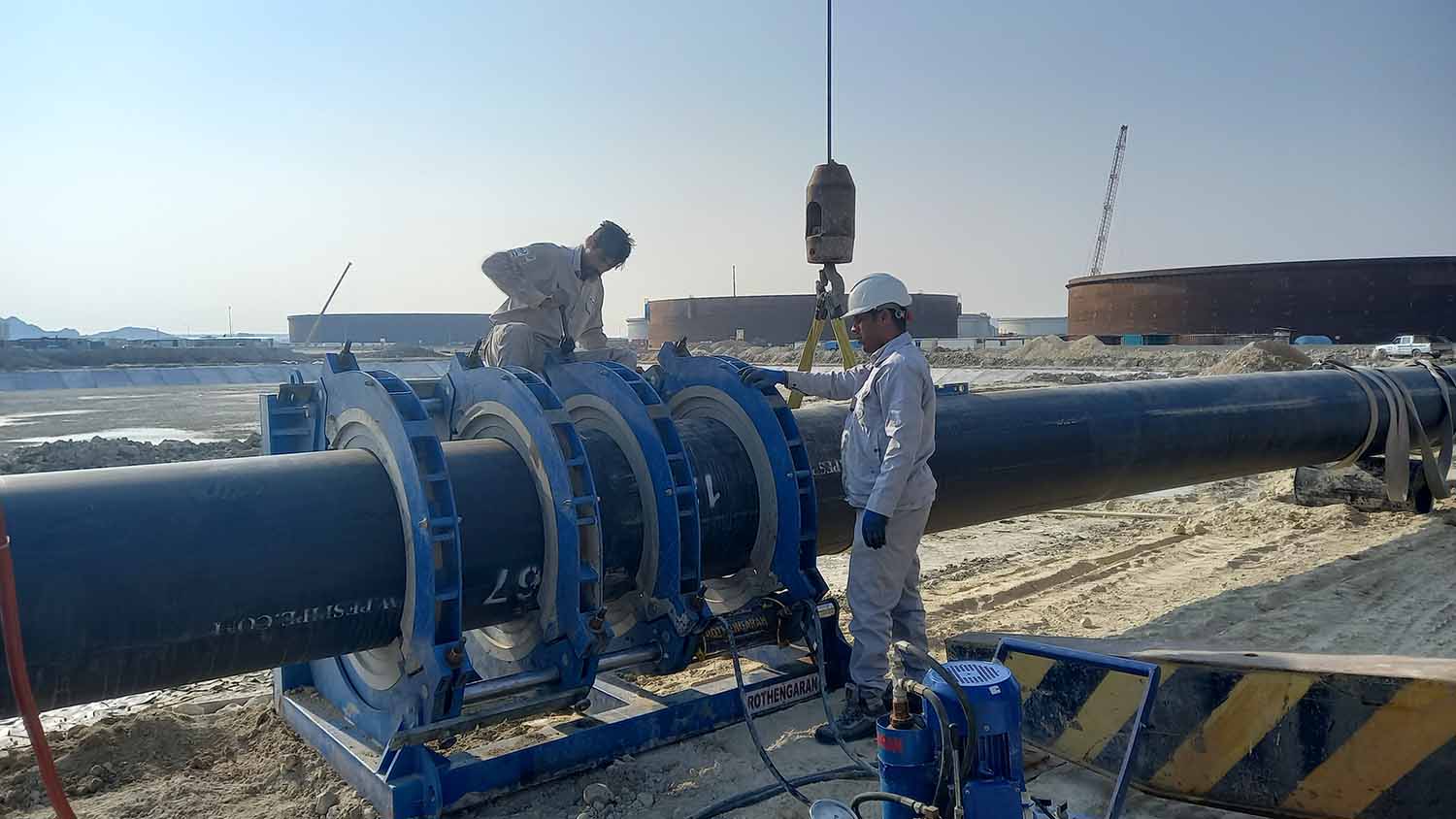
Lorem ipsum dolor sit amet, consectetur adipiscing elit, sed do eiusmod tempor incididunt ut labore et dolore magna aliqua. Ut enim ad minim veniam, quis nostrud exercitation ullamco laboris nisi
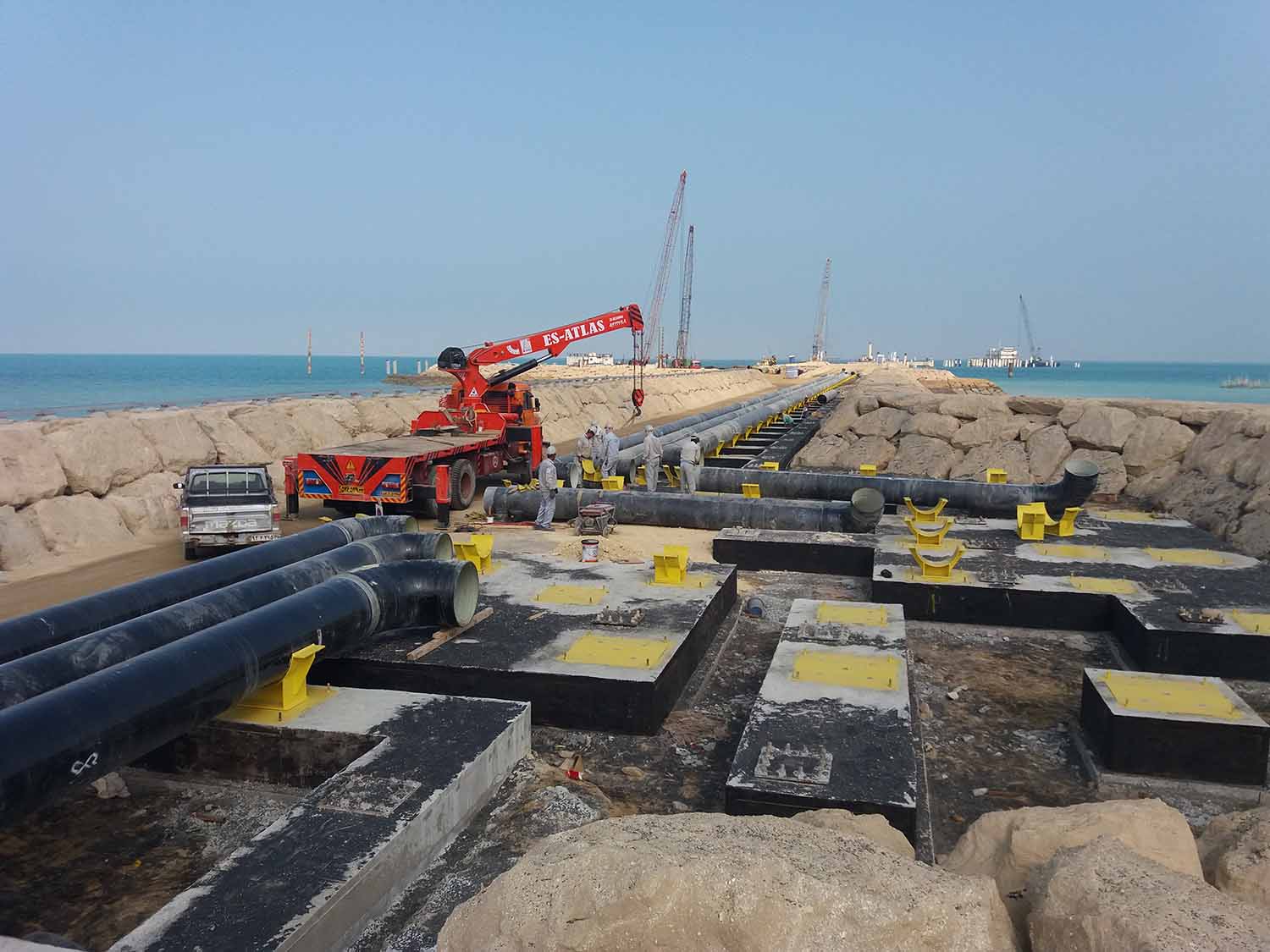
Lorem ipsum dolor sit amet, consectetur adipiscing elit, sed do eiusmod tempor incididunt ut labore et dolore magna aliqua. Ut enim ad minim veniam, quis nostrud exercitation ullamco laboris nisi ut
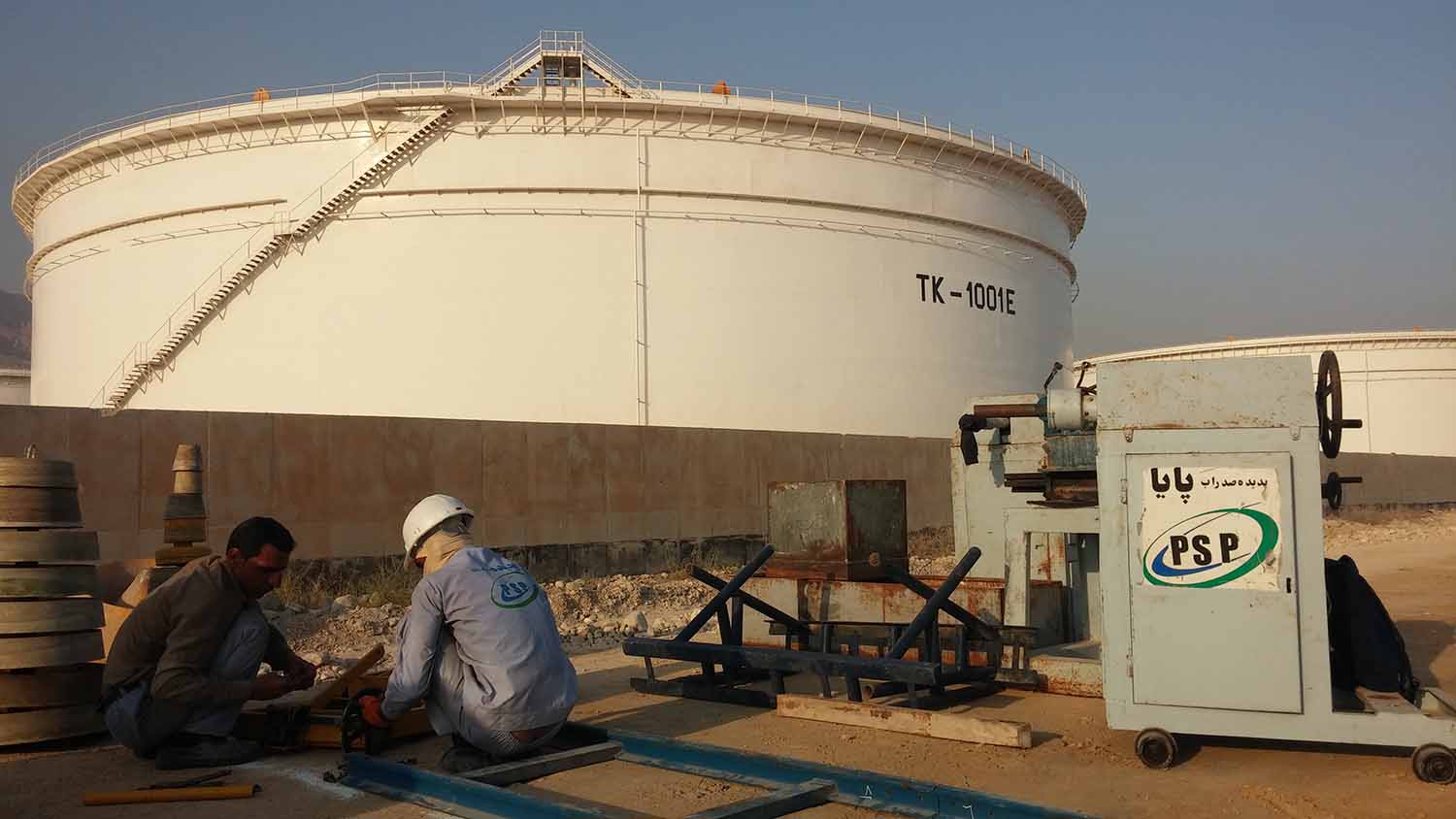
Lorem ipsum dolor sit amet, consectetur adipiscing elit, sed do eiusmod tempor incididunt ut labore et dolore magna aliqua. Ut enim ad minim veniam, quis nostrud exercitation ullamco laboris nisi
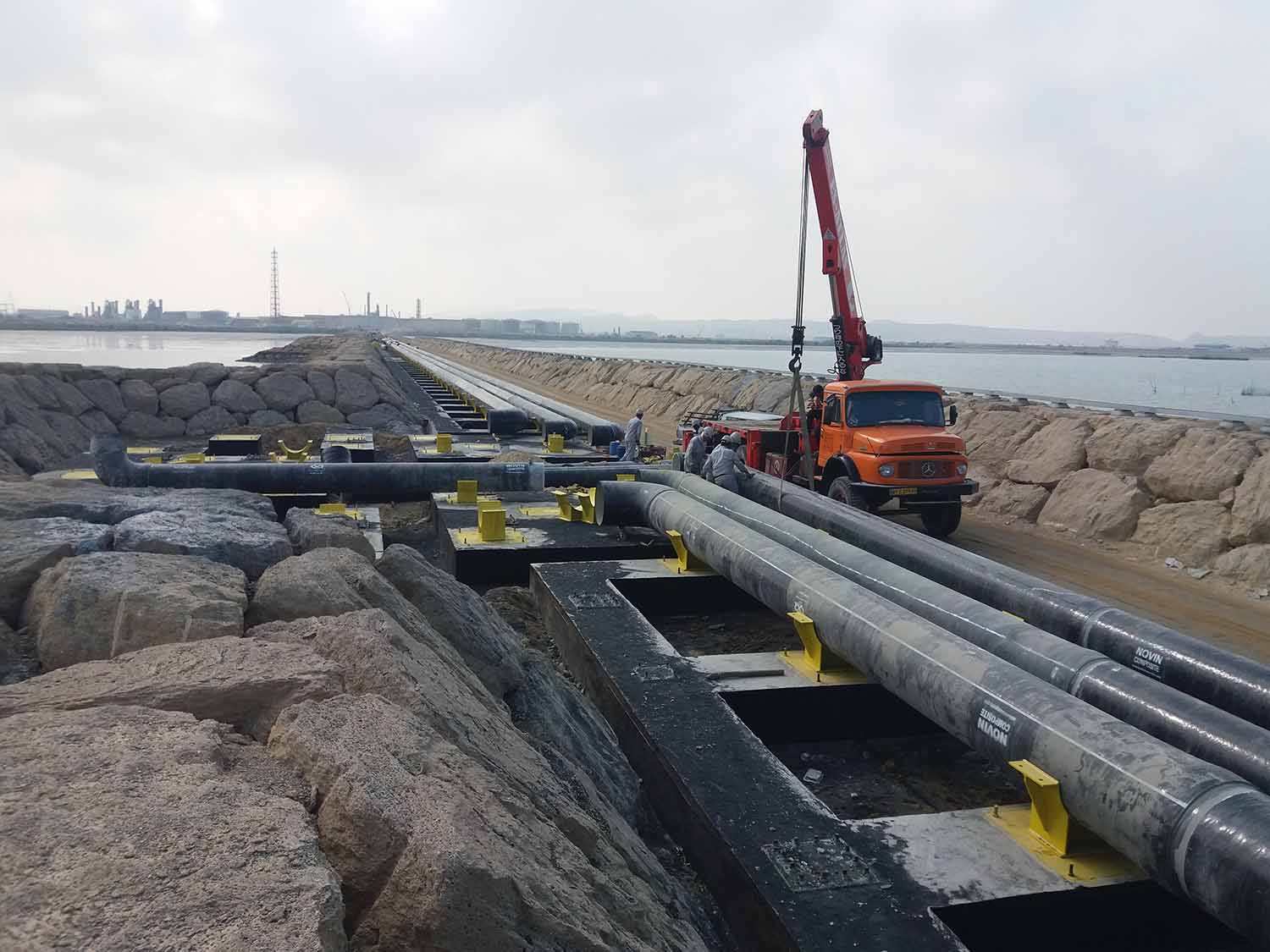
Lorem ipsum dolor sit amet, consectetur adipiscing elit, sed do eiusmod tempor incididunt ut labore et dolore magna aliqua. Ut enim ad minim veniam, quis nostrud exercitation ullamco laboris nisi ut
design and technical engineering services
Padideh Sadrab Paya Company, relying on the technical knowledge and experience of its experts, is able to provide design, calculation and implementation services of all types of AG and UG pipelines based on current standards.</p style=”padding-right: 40px;”> p>
UG pipelines, due to being located underground, require accurate structural calculations and soil mechanics to analyze the applied pressures. Also, how to pass the underground barriers and buried operational details are among the challenges of designing these lines.
The design of pipe fixing supports (Thrust Block) at bend points, intersections and changes in the direction of the pipeline is one of our other specialized services.
On the other hand, AG pipelines, passing through open space, need to consider environmental conditions. Also, the details of the support and maintenance of the pipes are also important.
After the initial design of the route and the technical specifications of the pipeline, it is necessary to perform accurate calculations to determine the amount of stresses caused by the internal pressure of the liquid, external loads, the weight of the pipe itself, and environmental conditions. Our company’s civil and mechanical engineers, using specialized software, are able to model the designed pipeline and perform finite element analysis in order to:
Various types of pipes with different materials are used in construction projects. Therefore, a lot of research is done to reduce corrosion, maintenance and cost estimation. During the past years, based on popularity and experience, the first proposal of Padideh Sadrab Paya company is to use fiberglass or composite pipes.
In the following, we will examine more closely the advantages and advantages of composite or fiberglass pipes over steel-coated pipes.
Carbon steel pipes corrode over time due to contact with liquid and environment. While fiberglass pipes do not corrode for at least 50 years. Also, fiberglass does not release the residue produced by metal. Another important point is that residues damage the filters, which makes fiberglass pipes a better option for membrane filtration and RO water purification.
Even fiberglass is used to repair damaged and corroded carbon steel pipes according to ISO 24817:2017.
The density of fiberglass pipes is about 1850 kg/m3, while the density of carbon steel pipes is 7800 kg/m3. For this reason, these pipes are much lighter than metal pipes. Therefore, their light weight makes it easy to transport and install, so that up to 8 inches, pipes do not need a crane for installation and can be carried by hand.
Of course, due to the lightness of these pipes, a lighter base and support is needed than carbon steel pipes.
As an alternative to corrosion-resistant metal pipes, FRP piping systems have been widely adopted and used around the world. By choosing FRP as the pipe construction material, the need for internal and external coating and cathodic protection (protection against external corrosion) is simply eliminated.
As you know, pig running is usually performed in metal pipes, and its purpose is to clean deposits, remove contamination, or carefully inspect cracks or other problems in the inner wall of the pipe. But in case of using polymer and fiberglass pipes, there is no need for pigs and there is no need to perform it.
In other words, fiberglass pipes do not need this specialized operation due to their features such as internal smoothness, corrosion resistance, lightness, etc.
Fiberglass pipe has significant hydraulic advantages over steel pipe for the following reasons:
• Fiberglass pipe is smoother than steel.
• Fiberglass pipes remain smoother than steel even after use.
Fiberglass pipes have a smoother inner surface than steel pipes, with a Hazen-Williams roughness coefficient of 160 new and 150 used. Unlike steel pipes, the Hazen-Williams roughness coefficient is equal to 120 in the new state and 65 in the used state. A more significant drop in smoothness in steel pipes is due to the accumulation of sediment compounds on the steel pipes. Note that even when fiberglass pipes are used, they are still smoother than new steel pipes.
Fiberglass pipes have specific inside diameters for their pipes and fittings that match the nominal size of the pipe.
So, an 18 inch diameter fiberglass pipe has an eighteen inch inside diameter. Whereas an 18-inch schedule 40 steel pipe would have an inside diameter of 16.88 inches, providing only 88% of the flow area of its fiberglass pipe counterpart.
Some people consider fluid flow resistance and operational economics as unrelated issues. However, frictional resistance creates the largest component of operating costs. The flow resistance in steel pipes increases over time due to corrosion and tubercles on the inner surface of the pipe.
The rate of increase in friction with the fluid being pumped is highly variable. The smooth inner surface of fiberglass pipes allows the engineer to reduce the diameter of the pipe for many applications without losing speed. Smaller diameters lead to more economical purchases. Additionally, if the engineer chooses to keep the same pipe diameter, the fiberglass pipe will use less pump horsepower for the same flow rate.
Material cost is only one piece of information in evaluating the total system cost. Assessing the cost of installation and operation of piping systems usually provides compelling reasons for using fiberglass pipes.
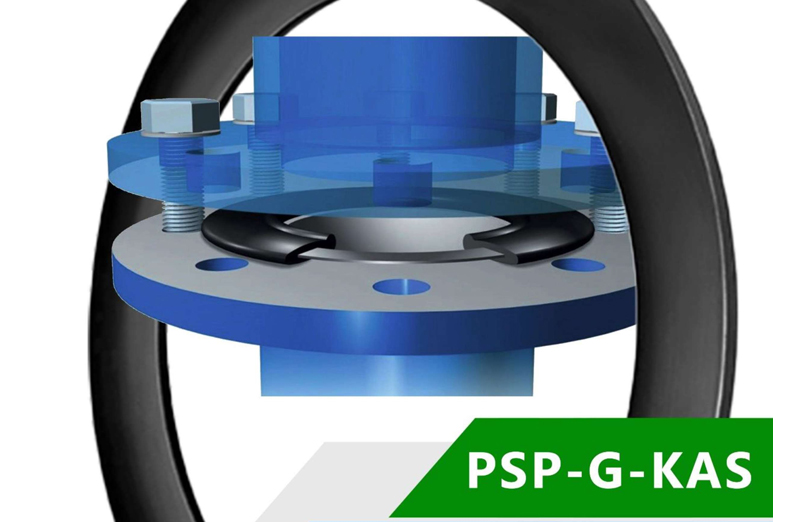
Padideh Sadrab Paya has reverse engineered the G-ST-P/S casket of KROLL&ZILLER, Germany, in different sizes. These gaskets are produced with various thermoplastic materials such as SR, VITON, NBR, Chooroprene, EPDM and are used in various industries.
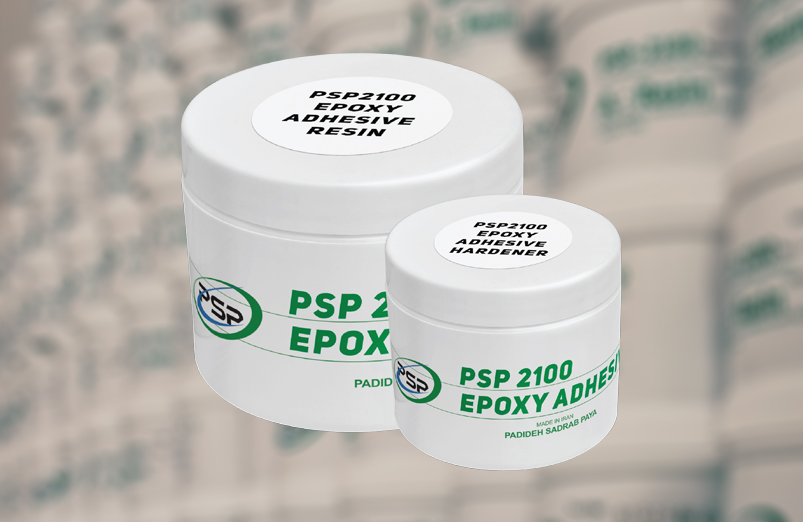
Two-component polymer adhesives PSP 2100 is an epoxy adhesive with excellent adhesion to connect all kinds of metal, plastic and fiber-reinforced polymer surfaces such as GRP, CFRP, GRE composites. This adhesive can be cured at ambient temperature and has a very high chemical resistance.

Padideh Sadrab Paya Company is the first knowledge-based company in the field of implementing composite pipelines, anti-corrosion coatings, strength of concrete and metal structures, tanks and live line leakage. The engineering and industrial network of the country and focusing on the development of knowledge-based business with the support of more than 12 years of capable personnel experience, operates in the fields of water, oil and gas, petrochemical industries, refineries, heavy metal and mining industries.
Welcome to WordPress. This is your first post. Edit or delete
Welcome to WordPress. This is your first post. Edit or delete